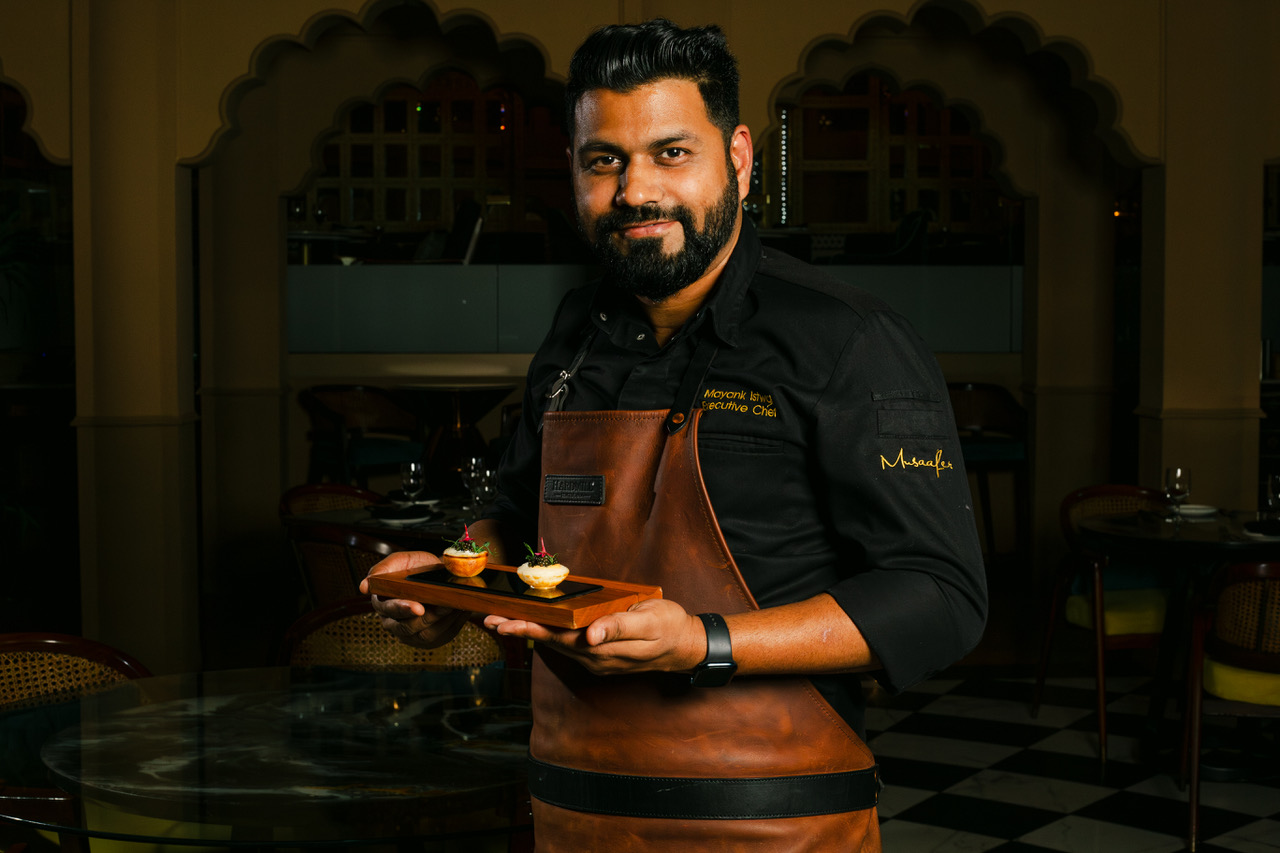A Conversation with Chef Mayank Istwal: The Journey of a Musaafer
When you step into Musaafer, the Michelin-starred jewel of Houston’s culinary scene, you’re not just dining—you’re embarking on a sensory voyage across India. At the helm of this gastronomic journey is Chef Mayank Istwal, whose creative vision, deep respect for tradition, and relentless pursuit of excellence have redefined Indian fine dining in America. We sat down with Chef Mayank to talk about his inspirations, challenges, and the bold future ahead—including an exciting expansion to New York.
Congratulations on Musaafer earning its first MICHELIN star! What does this recognition mean to you?
It’s a dream fulfilled. Back in 2013, my wife jokingly told me, “Just win me a star one day.” At the time, the MICHELIN Guide wasn’t even in India, so it felt like a fantasy. After relocating to the U.S., that dream became tangible.
Professionally, this star represents years of partnership with Shammi and Mithu Malik. Since 2016, we’ve envisioned Musaafer together—training across India, building a team, then opening in May 2020 during a pandemic. The early challenges, especially in Houston without a MICHELIN Guide at the time, only strengthened our resolve. That journey—full of passion, uncertainty, and resilience—makes this recognition deeply personal and profoundly humbling.
Your culinary travels across India have clearly shaped Musaafer. How?
India is incredibly diverse—culinary traditions change every few miles. My travels allowed me to build personal connections with regional cooks, spice farmers, and community elders. I gathered ancestral recipes, sourced single-origin spices directly, and learned cooking methods rarely seen outside small towns and villages. These authentic elements now form the soul of Musaafer’s menu. Each dish carries a story, a culture, and a flavor that reflects India’s complexity and depth.
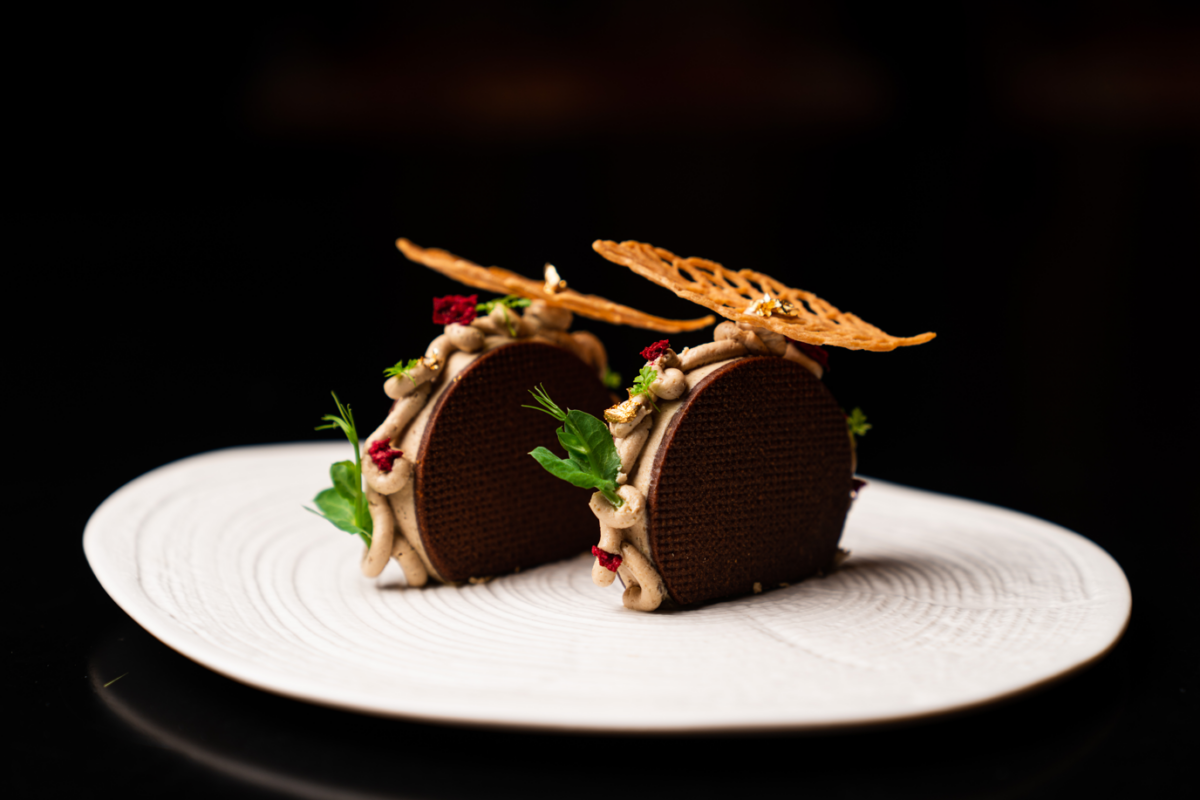
Musaafer is known for engaging all the senses. How do you craft that experience?
We understand today’s diners often “eat with their phone first,” so presentation is crucial. We design each dish with color, elevation, and plating that photographs beautifully. But beyond visuals, we consider every sense: aroma, texture, temperature, sound, and, of course, taste. Our goal is not just flavor—it’s connection. Through storytelling and thoughtful composition, we hope each guest experiences a sixth sense: emotional resonance.
You opened Musaafer during the pandemic. How did that shape your leadership?
It was the toughest phase of my career. We trained our team remotely using videos and virtual assessments. I recorded spice pronunciations in Hindi, English, and Spanish to help staff articulate each dish confidently. We faced operational challenges—25% capacity limits, PPE shortages, daily health checks—and even had to shut down temporarily due to positive COVID cases.
Transparency, adaptability, and leading by example were key. I worked shoulder-to-shoulder with my team, never losing sight of the vision. That crisis taught me resilience, patience, and how to build trust in uncertain times.
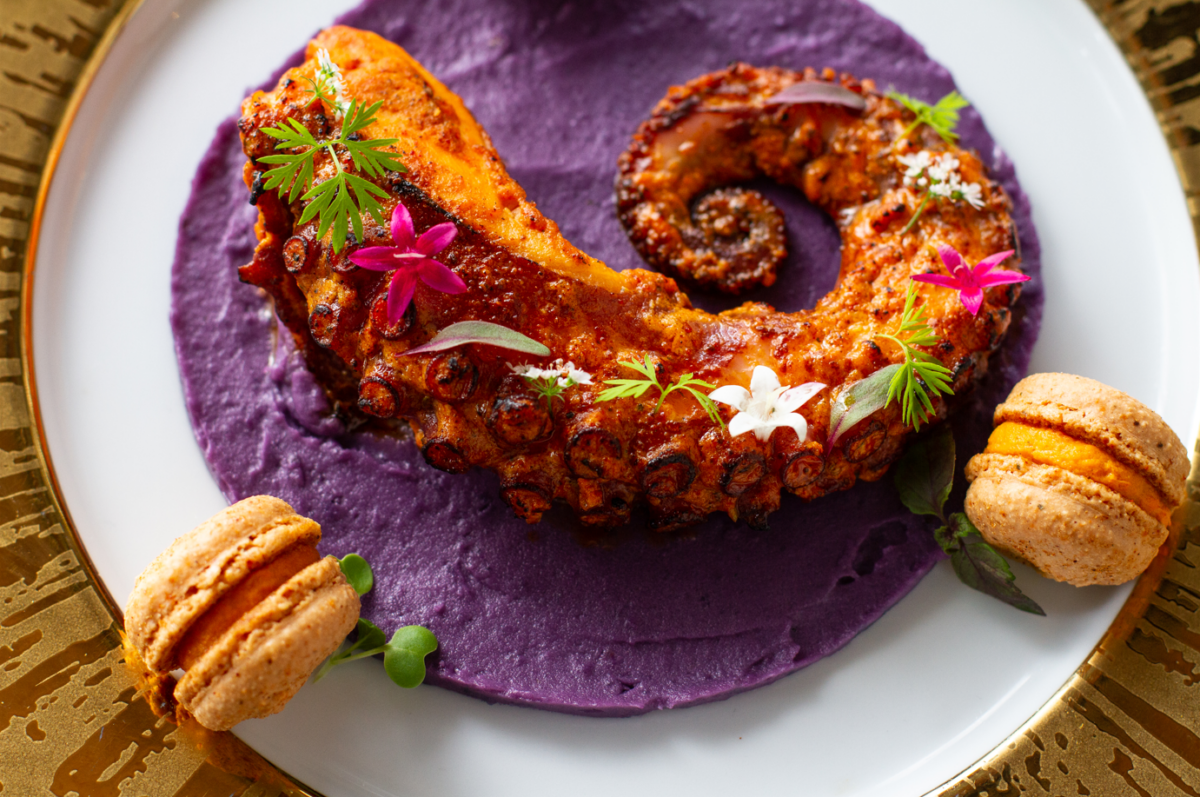
How do you balance authenticity and innovation when reinterpreting traditional Indian cuisine for a modern, global audience?
For me, innovation means elevating tradition without diluting it. I base my dishes on lesser-known regional recipes and then use modern techniques—whether it’s a new texture, a playful presentation, or layering flavors in surprising ways. The emotion and story remain authentic. It’s about honoring India’s culinary legacy while inviting diners into something fresh, beautiful, and global.
Can you walk us through how you create a signature dish?
Every dish starts with memory. I often call my mother or grandmother and ask what we ate during a particular season when I was growing up. That sparks the foundation. From there, I sketch the plate, brainstorm with my team, and identify seasonal, often locally grown ingredients. We test, refine, and educate both front- and back-of-house teams, ensuring they understand the story, ingredients, and intention behind the dish. It’s a thorough, soulful process—and incredibly rewarding.
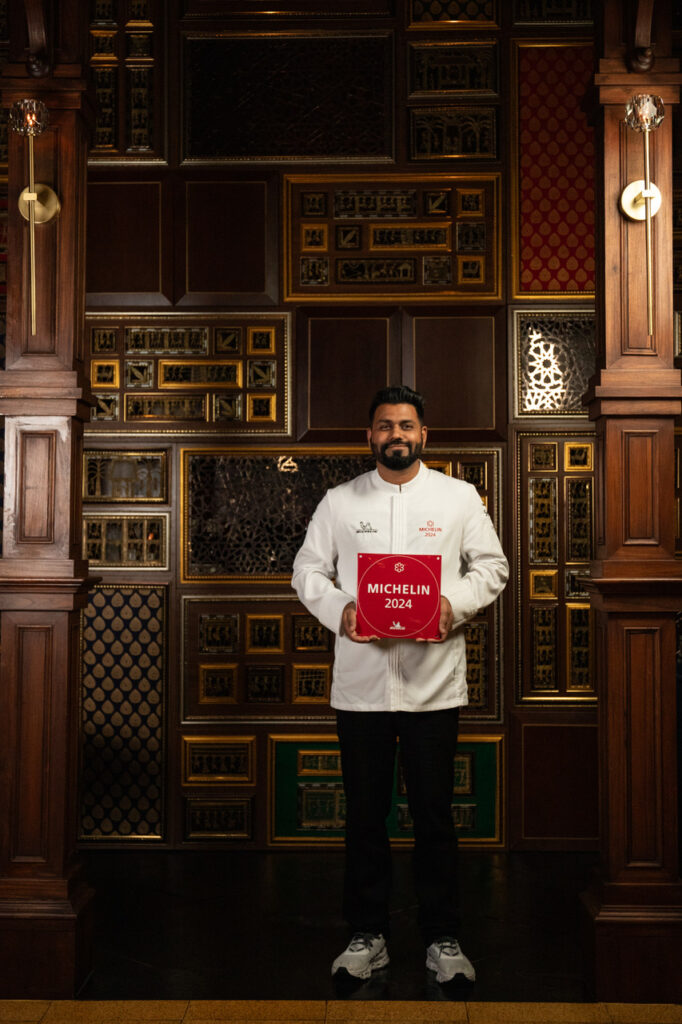
You’ve trained and led teams in high-pressure environments. What’s your approach to mentoring young chefs?
The kitchen should be disciplined, but also inspiring. I welcome new chefs by making them feel valued and challenged in equal measure. I teach them to be patient, stay humble, and learn every day. My goal isn’t to build followers—it’s to create future leaders who are empathetic, skillful, and collaborative
How does sustainability and seasonality guide your menus?
We build each menu around what nature offers each season. We work with local farms for fresh produce and adjust our spice blends to match seasonal needs—some spices cool the body, others boost immunity, in keeping with Ayurvedic principles. It’s a mindful, holistic approach that honors both flavor and well-being.
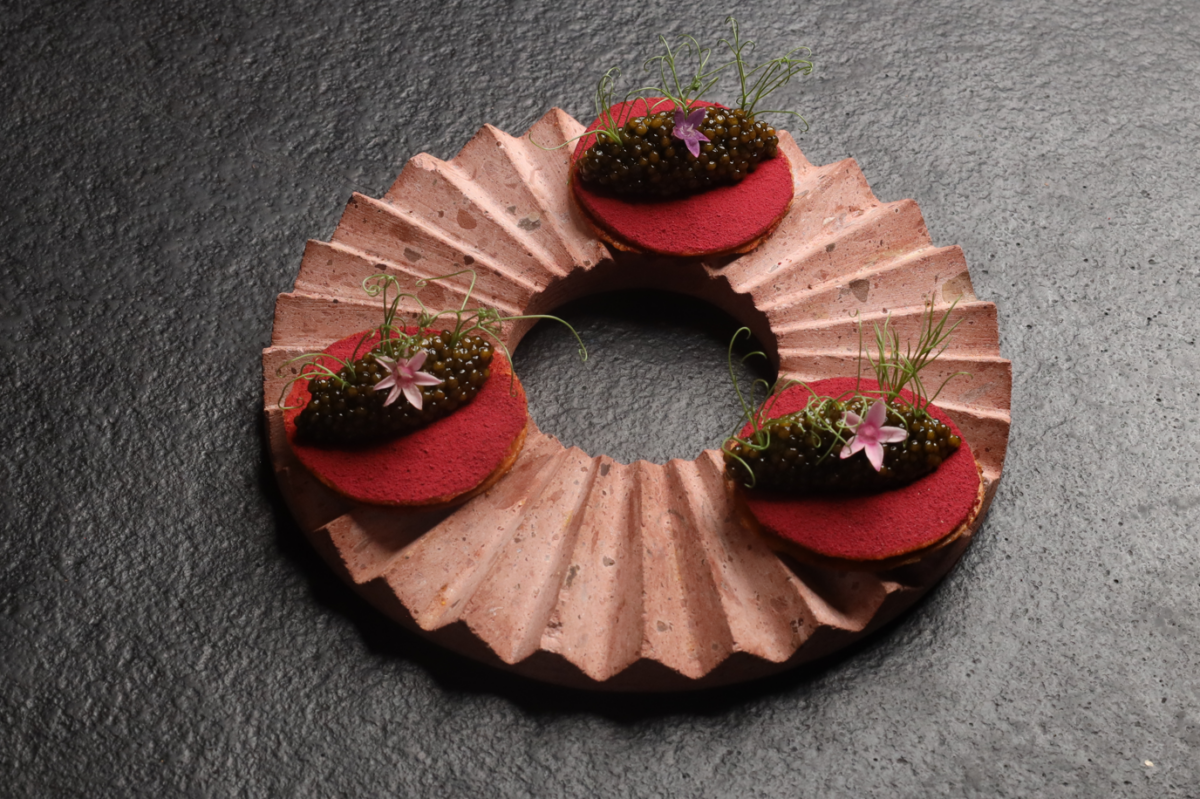
With Musaafer expanding to Tribeca, what can New Yorkers expect, and how will that location differ from the Houston flagship?
Musaafer Tribeca will have its own identity while honoring our core philosophy. The menu will draw heavily on seasonal ingredients from New York farms. The space will include a main dining room, a dedicated bar with its own menu, and a Chef’s Tasting Room for exclusive experiences. The design, inspired by Indian artisanship, will be completely unique from our Houston location—bringing a fresh interpretation of Musaafer to Manhattan.
What advice would you give to aspiring chefs who want to reach the level of artistry and excellence you’ve achieved?
Be a lifelong student. Find your voice and let your food tell your story. I often say: have the “bamboo mentality.” Bamboo grows slowly at first, building strong roots underground. Then it suddenly shoots up, strong and fast. Stay patient, do the hard work—even when no one’s watching—and trust the process. Be a Musaafer: a traveler in search of something greater.

Images by Raydon Creative

